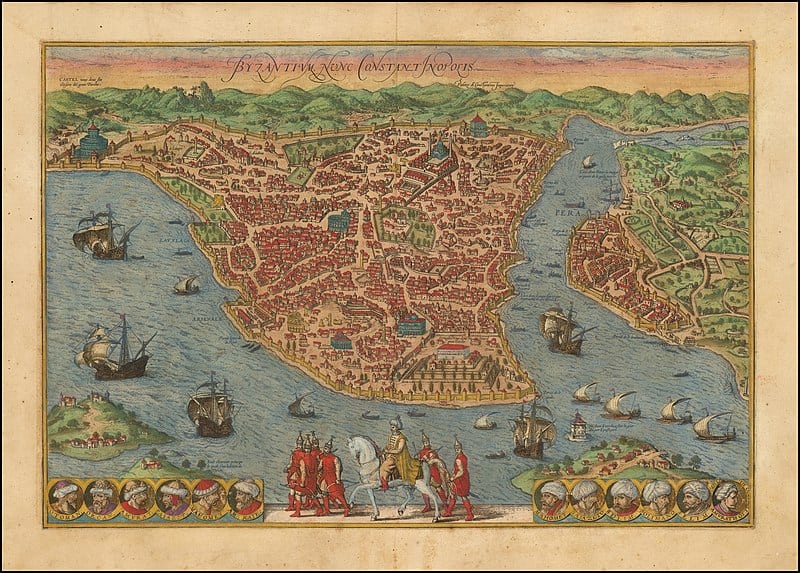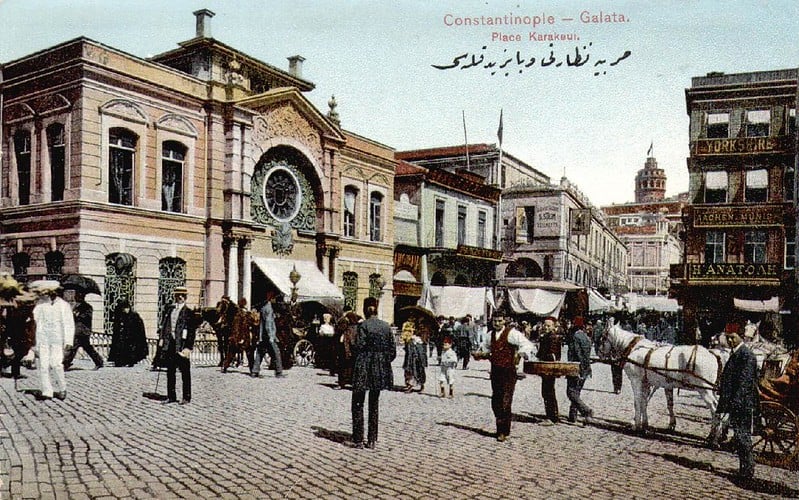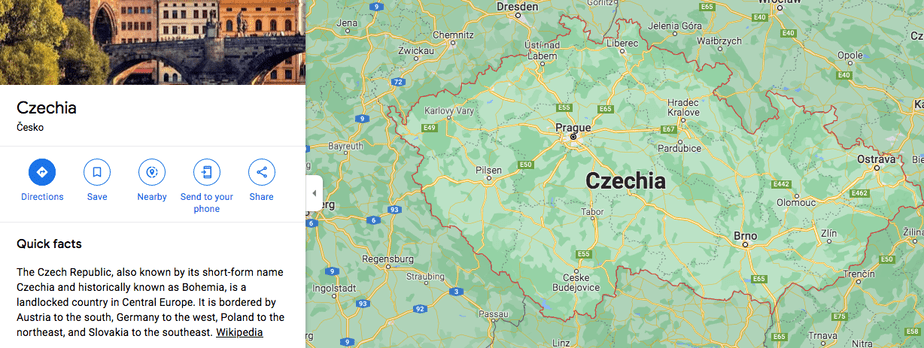What’s in a Name? Turkey wants to be called Türkiye now
Straddling the Bosphorus, Istanbul is where East meets West. It is the only major city in the world that exists on two continents and in a country that exists both in Europe and Asia. Connecting two continents, the city has changed hands several times and fought over. With this came its many names: Byzantium, Nova Roma, Constantinople, the Greek name Eis tin Polis and today, Istanbul. The Turks who arrived in the city even before the conquest of 1453 adopted the name into their language even if they didn’t know what it meant. Eis tin Polis is simply ‘in the city’ or ‘to the city’ or simply ‘the city.’ This is also true for the country itself as the region and the land has seen many kingdoms and people.
There is a new development regarding the name of the country where Istanbul is located. Turkey the country wants to rebrand itself. It wants to be called the same name internationally as its citizens call it – “Türkiye” which means “the Land of the Turks.” “Turkiye” is the name of the country in its native language, Türkçe or the Turkish language. On the other hand, “Turk” comes from Old Turkic, one of the oldest Turkic languages. It was a self-designation by the nomadic people that made up the Göktürks and the Uyghur Khaganates in Central Asia.
History of the name
The word “Turkey” comes from Middle English/Anglo-Normal “Turkye” which is actually borrowed from Latinized Medieval name “Turcia” or “Turquia.” According to the Oxford English Dictionary, the modern spelling “Turkey” dates back to at least 1719. “Turkey” was used in Middle English, the language used after the Norman conquest of England, in Geoffery Chaucer’s works, in plays and poems in that era.

Map of Asia Minor (1918), Image sourced from Wikimedia Commons
It was also used in Byzantine Greek in this form:Τοῦρκος or in Latin to mean “Tourkos,” to indicate a Turk, a person who is Turkish and a person of an ethnic group. It was usually refered to people near the Sea of Azov and the Khazar empire on the northern shores of the Black Sea region. According to the Oxford Concise Dictionary of World Place-Names, the land mass in Asia Minor, now called Anatolia, was frequently referred to as Turchia by the Europeans from the 1100s onwards. The Ottoman Empire was known as Turkey or the Turkish Empire.
For modern English speakers, this is a rather big change. The country is exclusively called “Turkey” in all official setting and international situations and has been so since Ottoman times. This will no longer be the case. Last month, an official recognition from the United Nations is being requested by the country’s highest office, the presidency. The current president, Recep Tayyip Erdoğan released a communique declaring the name change. It seems, the country no longer wants to be associated with the big bird that’s eaten on Thanksgiving Day and Christmas in many Western countries.
Pronounced “Tur-ki-ye,” the name change indicates the country’s desire to move away from being unluckily associated with a bird and have a novel name on the world stage. It will no longer to associated with jokes at international events, summits or even for small model events such as Model United Nations where youngsters and students often joke about the name, along with other countries such as Djibouti and the Netherlands.
Moreover, the pronunciation for the new name will no longer be a two syllable name, which is usually pronounced “ter-key” similar to the bird. In fact, it’ll be pronounced using a longer ‘u’ sound. This is due to letter ü which is the twenty-sixth letter of the Turkish alphabet. Another change is the addition of a third syllable to the old name at the end with a “ye” sound.
The birds

Guineafowl, Photo by Upesh Manoush on Unsplash
According to Dictionary.com, the turkey bird from the newly discovered Americas resembled another bird called the guineafowl.
It was being imported into Europe through the Ottoman Empire. Its resemblance to the turkey-hen, which was then also imported from the newly discovered Americas made Europeans call them “turkeys” too.

Turkey bird, Photo by Chris Henry on Unsplash
Funnily, the name for the turkey bird in Europe is vastly different, even in Turkey itself – it’s called “hindi” – meaning it’s from “Hindistan” or the land of the Hinds i.e. India! In French, it’s also thought to be from India – “coq d’Inde.” But probably due to the fact that Christopher Columbus thought he’d found India but actually it was the American continent. For instance, in the Portuguese language, it’s “Peru” while in Malay, its called a “Dutch chicken“! So confusing, right?!
In European languages such as Italian and Spanish, the word Turk is Turchi orTurcos. It’s used to refer to people who live in the region and also made up the Ottoman Empire from the 1300s to 1923 and beyond.
1923 and beyond
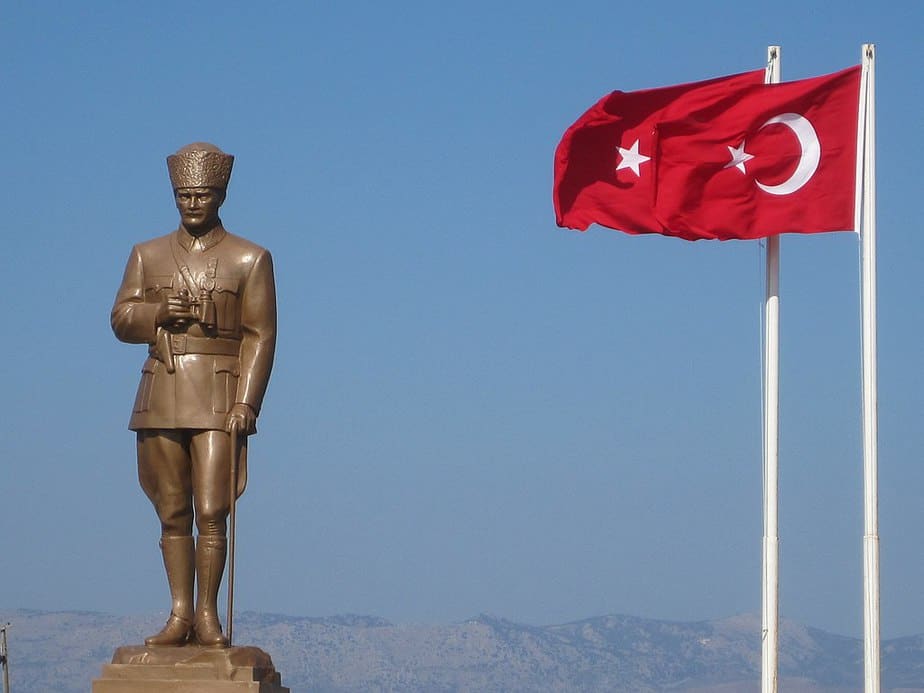
Image from Wikimedia
This rebranding maybe a prelude to the country’s 100th anniversary of independence/creation in 2023. Almost 100 years after the establishment of the country, a change such as this is important for tourism, national identity and cultural significance and for a global image. It’s understandable that the country wants to represent itself in its own language and its own culture identity.
The country’s president Recep Tayyip Erdogan declared last month by announcing the following: “The phrase Türkiye represents and expresses the culture, civilization and values of the nation in the best way.”
When the Republic was established in 1923, the Ottoman Empire disintegrated and the land that remained was given the name “Türkiye Cumhuriyeti.” Before that, the name given to the nation was “Türkiye Devleti” or the Turkish State.
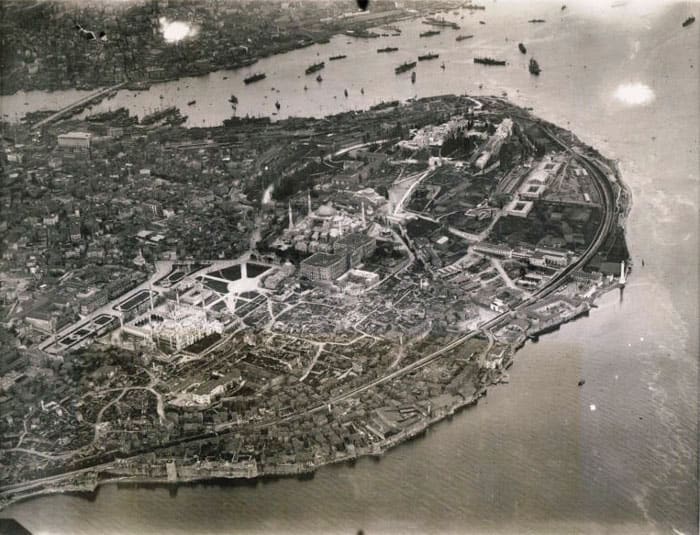
Aerial view of Istanbul from 1920 showing the Allied fleet in anchor, image sourced from Levantine Heritage.
A few years after, Constantinople, the name used for Istanbul during the Ottoman-era changed to Istanbul. However, before the nation’s creation, the idea of a Turkish nation was fairly new and it is believed that this idea lacked a name in the Ottoman Turkish language.
According to Mehran Kamrava, mentioned in their book The Modern Middle East: A Political History since the First World War, it wasn’t until the Young Turk movement from 1908 to 1918 that the name “Türkiye” became more common, even if it was first mentioned elsewhere. Bernard Lewis (as quoted in the same book mentioned above) notes that the idea of a Turkish nation was so new that even Turkish authorities hesitated in using the very name that today, the current government wants to use officially in all communications, regardless of the language or situation.
Learn more about the history of this important year and how it affected the most important city in the Ottoman Empire in our article: A Brief History of Istanbul.
This name translates into the Turkish Republic or officially, the Republic of Turkey. For ordinary Turks, it’s not much of a change. However, for tourists it will mean that they will see the official Turkish name in all their transactions. This may include hotel bookings, boarding passes and travel articles on popular travel magazines and online websites.
The move also means that the country’s goods and products will be labelled “Made in Türkiye.” Consumers and producers will see the new name on clothing labels and products across the world, including at Turkish international airports. Just one year ago, the country’s Exporters Assembly and exporters encouraged the use of “Made in Türkiye” for all exported goods to maximize standardization of this procedure.
To support their cause, the government has launched a media campaign. It has also change the country’s tourism website from Go Turkey to Go Türkiye. The name change has been adopted across the government websites and for communications. Public news channels have already followed the directive. Public state broadcasters such as the Turkish Radio and Television Corporation (TRT) and Anadolu News Agency have already started using “Türkiye” in their English-language broadcasts, and foreign ministries have also joined the rebranding.
The presidential communique was clear of its purpose: “within the scope of strengthening the ‘Turkiye’ brand, in all kinds of activities and correspondence, especially in official relations with other states and international institutions and organisations, necessary sensitivity will be shown on the use of the phrase ‘Türkiye’ instead of phrases such as ‘Turkey,’ ‘Turkei,’ ‘Turquie’ etc.”
Whatever the motives of the current government be, be it politics or just avoiding confusion, Türkiye also prepares for its election year in 2023. For many in Turkey, it’s yet another move by the government to distract from the economic troubles and currency crisis that is plaguing the country at the moment. Only time will tell if the name will catch on and if it’ll help the government win votes and heart, domestically and internationally, respectively.
Name Changes around the World
Name changes by countries are not as common but it’s not unheard of. Some countries do it for political reasons, to avoid confusion and clarity (just like Turkey) and some to claim their identities by erasing colonial names.
Most recently, in late 2019, the Netherlands decided to forgo the use of “Holland” and use just one name. Holland is actually the name of one of the provinces of the country and not the whole country. It used this name in official events such as Eurovision and the Olympics. The Dutch ministry of foreign affairs wanted a more consistent national branding, to promote tourism is lesser known parts of the country, not just Amsterdam and Holland. The idea was to spread Dutch culture, norms and values and the official name should be preferred from now on.
In 2018, Swaziland in Southern Africa formerly renamed itself the Kingdom of “Eswatini,” and to avoid confusion with another country Switzerland. The name means “the land of the Swazis” in the native language of the enthic Swazi people and is used by the people of the country already. This is a similar change to the way the nameTürkiye is being proposed to be used. Eswatini also changed the names of some cities in the country inline with their vision.
In the same year, Ukraine petitioned to use the name of its capital city in its native language “Kyiv” instead of Kiev (the Russian translation). The Ukrainian government launched a campaign to have the name recognized, instead of the Russian translation, in light of Russian military agression on the Crimean peninsula and Donbas.
In 2013, the Czech Republic became Czechia and was accepted by the EU and the UN. However, it isn’t clear if it became popular or was used much afterwards except when you see it on Google Maps, but Czechia is considered its short form. There were many on the Internet who thought the name sounded like Chechnya, the Russian republic in the northern region of the Caucuses.
Many other countries have had their names changed over the years: New Spain became Mexico, Dutch East Indies became Indonesia, East Pakistan to Bangladesh, Ceylon became Sri Lanka, North Rhodesia is now Zambia, South Rhodesia became Zimbabwe, Persian became Iran, Burma to Myanmar and Macedonia to the Republic of North Macedonia, Democratic Republic of Congo to Zaire and back again to the Democratic Republic of Congo, Rhodesia to Zimbabwe, Kampuchea to Cambodia, etc.
Due to independence gained by many Global south nations and the end of colonial rule, many countries chose to use their own names in their native languages. There is a large group of nations in the African continent that were renamed after European powers left the continent. In places with British rule, such as in India, names that sounded English were replaced with the local ones. Madras became Chennai, Calcutta to Kolkata in West Bengal and Bombay became Mumbai.
Interestingly, the Netherlands is probably one of the countries with the most name changes given the geographical/territorial changes as well: from the Duchy of Brabant to Burgundian Netherlands. It was then changed to the Habsburg Netherlands which became the Spanish Netherlands. It changed hands to the Austrians becoming the Austrian Netherlands, which then became the United Kingdom of the Netherlands. This then became the Kingdom of the Netherlands and which got famous internationally by its nickname, Holland. As mentioned before, in 2019, the country officially removed the confusion and insisted on just using The Netherlands as its official and only name!
Planning a trip to Paris ? Get ready !
These are Amazon’s best-selling travel products that you may need for coming to Paris.
Bookstore
- The best travel book : Rick Steves – Paris 2023 – Learn more here
- Fodor’s Paris 2024 – Learn more here
Travel Gear
- Venture Pal Lightweight Backpack – Learn more here
- Samsonite Winfield 2 28″ Luggage – Learn more here
- Swig Savvy’s Stainless Steel Insulated Water Bottle – Learn more here
Check Amazon’s best-seller list for the most popular travel accessories. We sometimes read this list just to find out what new travel products people are buying.





